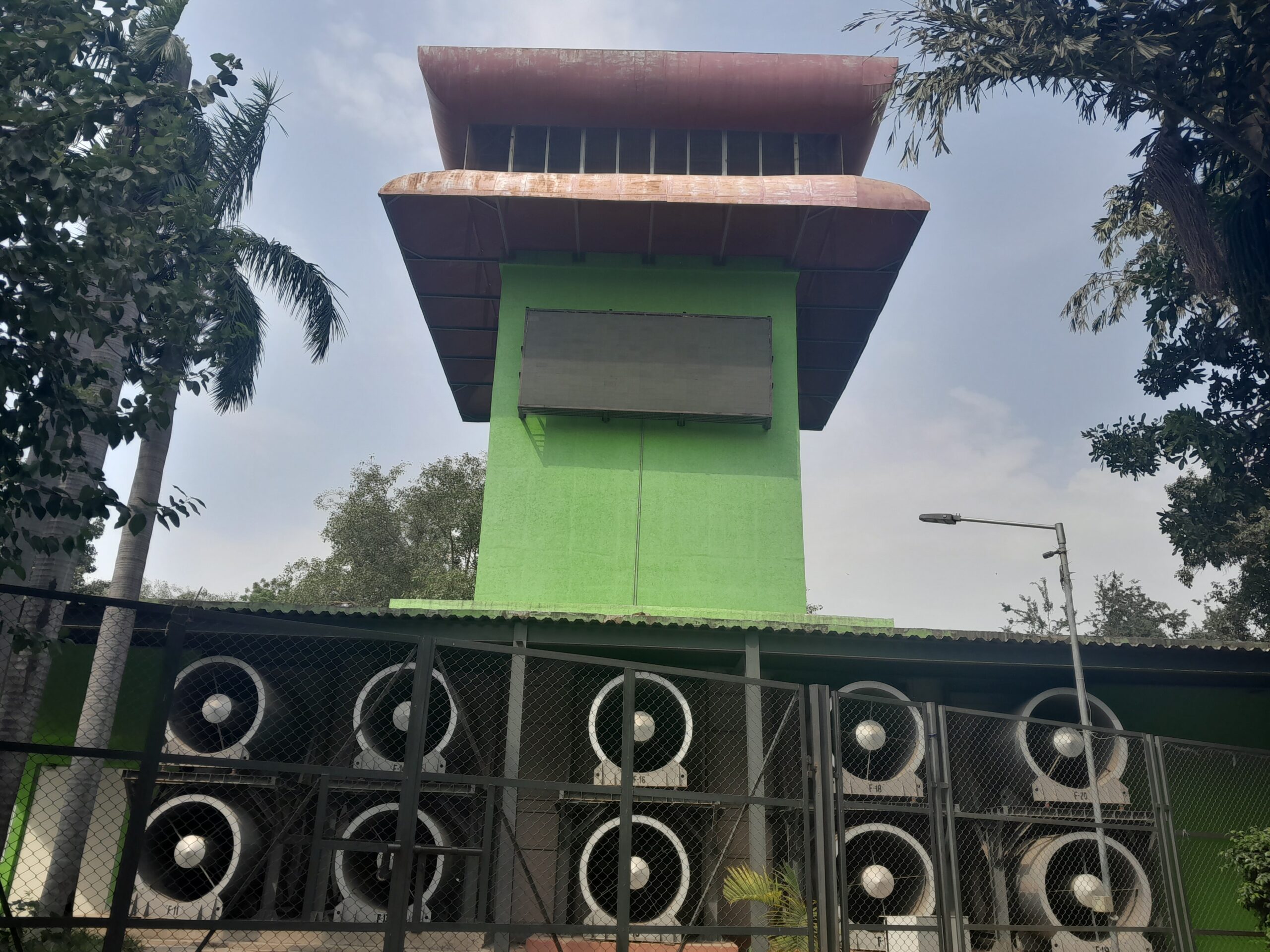The national capital’s air quality dropped to the ‘poor’ category on Wednesday due to unfavorable meteorological conditions, stubble burning, and forest fires in neighboring states, according to the Commission for Air Quality Management (CAQM).
The city’s 24-hour average air quality index (AQI) rose to 243 by 4 pm, leading the CAQM, a statutory body responsible for planning and implementing air pollution reduction strategies in Delhi-NCR, to convene a review meeting with experts from the India Meteorological Department (IMD) and the Indian Institute of Tropical Meteorology.
The 24-hour average AQI recorded on Sunday was 183 in the ‘moderate’ category, rising to the ‘poor’ category with readings of 227 on Monday and 234 on Tuesday.
At the review meeting, experts informed the CAQM panel that rapidly changing wind direction and speed, high convection rates, completely dry conditions, and high temperatures are causing continued suspension of dust over the region. They also noted that the high incidence of agricultural residue burning and forest fires in the surrounding areas could be impacting the overall air quality.
The CAQM directed air pollution control bodies in NCR and other concerned agencies to conduct intensive drives at major pollution hotspots focusing on dust abatement measures. It also requested an increase in the number and frequency of water sprinklers and mechanical road sweeping equipment in the region.
The commission further instructed them to closely monitor fire incidents and open burning of municipal solid waste and to intensify enforcement of dust control measures at construction and demolition sites.
An AQI between 0-50 is considered “good,” 51-100 “satisfactory,” 101-200 “moderate,” 201-300 “poor,” 301-400 “very poor,” and 401-500 “severe.” An AQI above 500 falls in the “severe plus” category. (With inputs from PTI)





